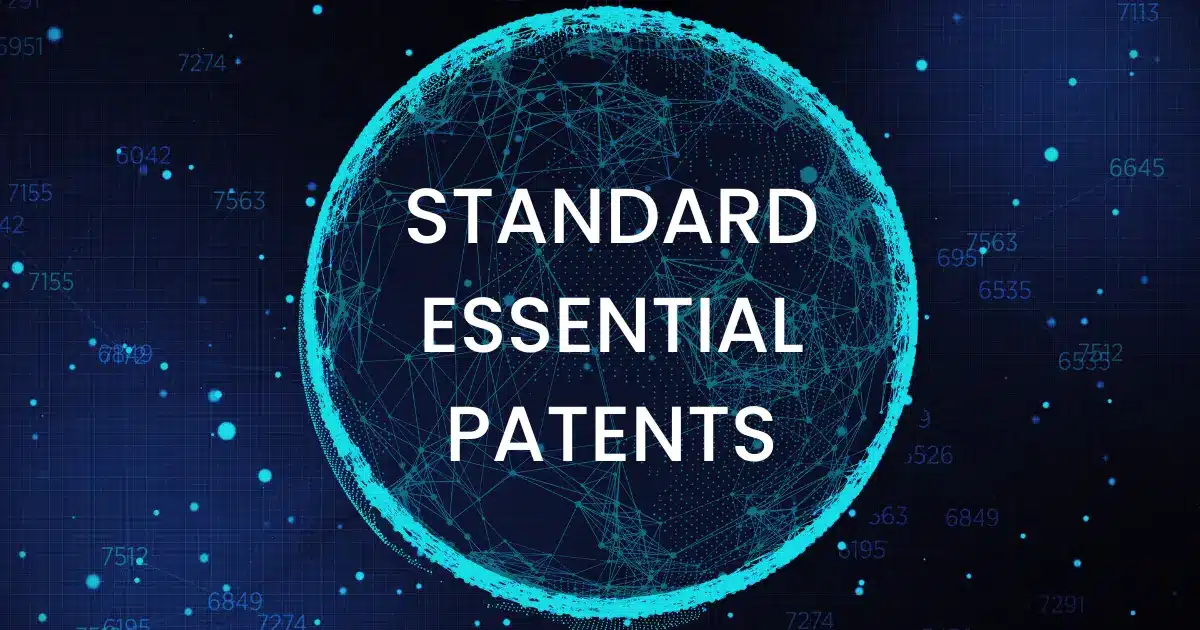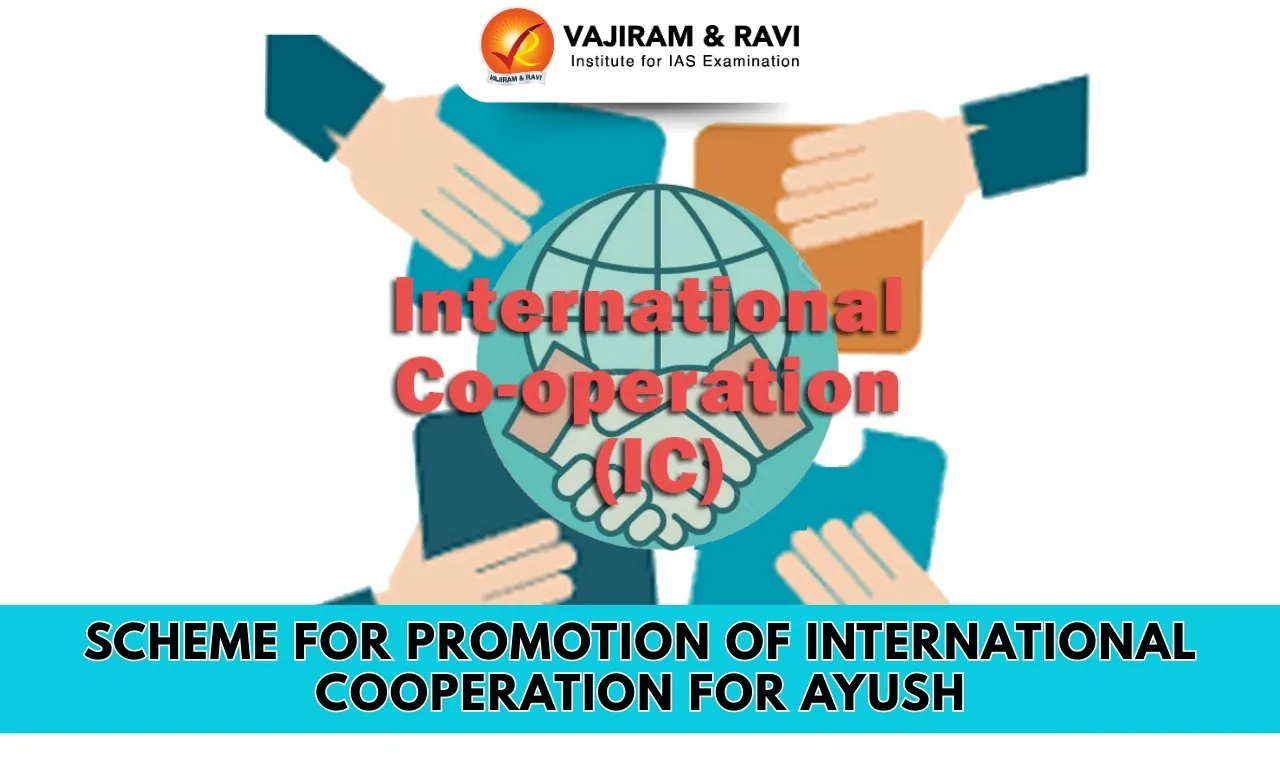About Standard Essential Patents (SEP)
- A SEP is a patent granted for a technological invention which is essential for the implementation and working of a standard.
What is a Standard?
- A ‘standard’ is a set of technical requirements or agreed technical descriptions which cover ideas, products, or services and make sure that technologies interact and work together.
- Standards can be adopted worldwide, regionally or even nationally.
- It is usually in the interest of industrial players to create products that comply with standards.
- One example of a widely used standard is the A4 size for sheets of paper.
- Patents which are essentialto a standard and have been adopted by a Standard Setting Organization (SSO) are known as SEPs.
- SSOs are either governmental, quasigovernmental,or a private group of independently governed industry associations.
- SSOs set, develop, coordinate, interpret, and maintain standards.
- Industry participants can collaborate on a single technical solution because of such standards.
- When a patent is acknowledged by the SSO and designated as a SEP, manufacturers canonly produce their goods in the market after first acquiring a licenseunder the SEP.
- From an antitrust standpoint, the lack of any competing technology grants the SEP holder a monopolistic right over the SEP.
- Consequently, it is impossible to produce products that comply with standards without using technologies that are covered by one or more SEPs.
- SEPs are common in the mobile telephony and telecommunications industry, a sector which is highly standardised due mainly to the need for interoperability between mobile devices.
Q1: What is a patent?
A patent is an exclusive right granted for an invention, which is a product or a process that provides, in general, a new way of doing something, or offers a new technical solution to a problem. To get a patent, technical information about the invention must be disclosed to the public in a patent application.
Source:The judiciary’s shadow over standard essential patents
Last updated on December, 2025
→ Check out the latest UPSC Syllabus 2026 here.
→ Join Vajiram & Ravi’s Interview Guidance Programme for expert help to crack your final UPSC stage.
→ UPSC Mains Result 2025 is now out.
→ UPSC Notification 2026 is scheduled to be released on January 14, 2026.
→ UPSC Calendar 2026 is released on 15th May, 2025.
→ UPSC Prelims 2026 will be conducted on 24th May, 2026 & UPSC Mains 2026 will be conducted on 21st August 2026.
→ The UPSC Selection Process is of 3 stages-Prelims, Mains and Interview.
→ UPSC Result 2024 is released with latest UPSC Marksheet 2024. Check Now!
→ UPSC Toppers List 2024 is released now. Shakti Dubey is UPSC AIR 1 2024 Topper.
→ Also check Best IAS Coaching in Delhi

















